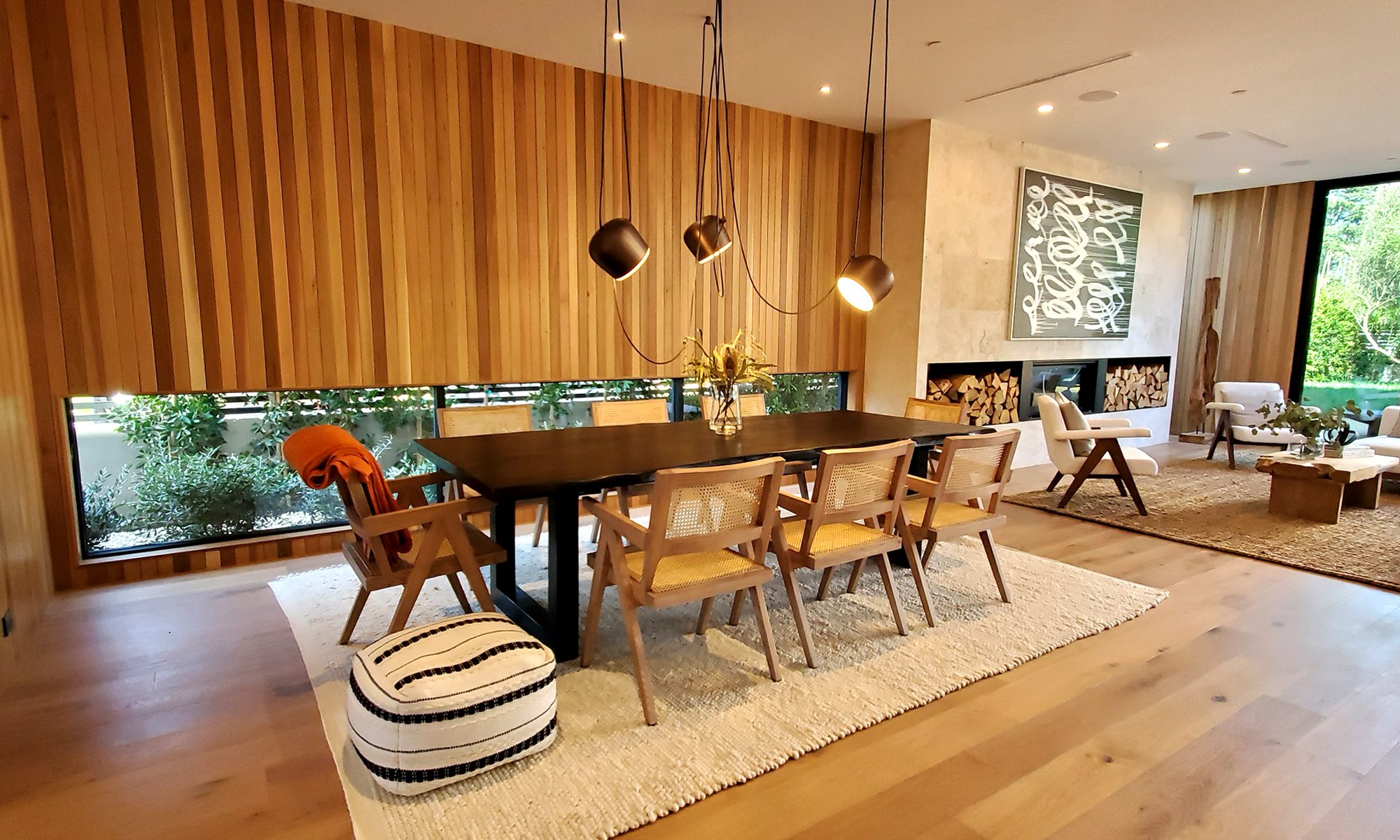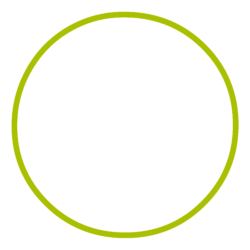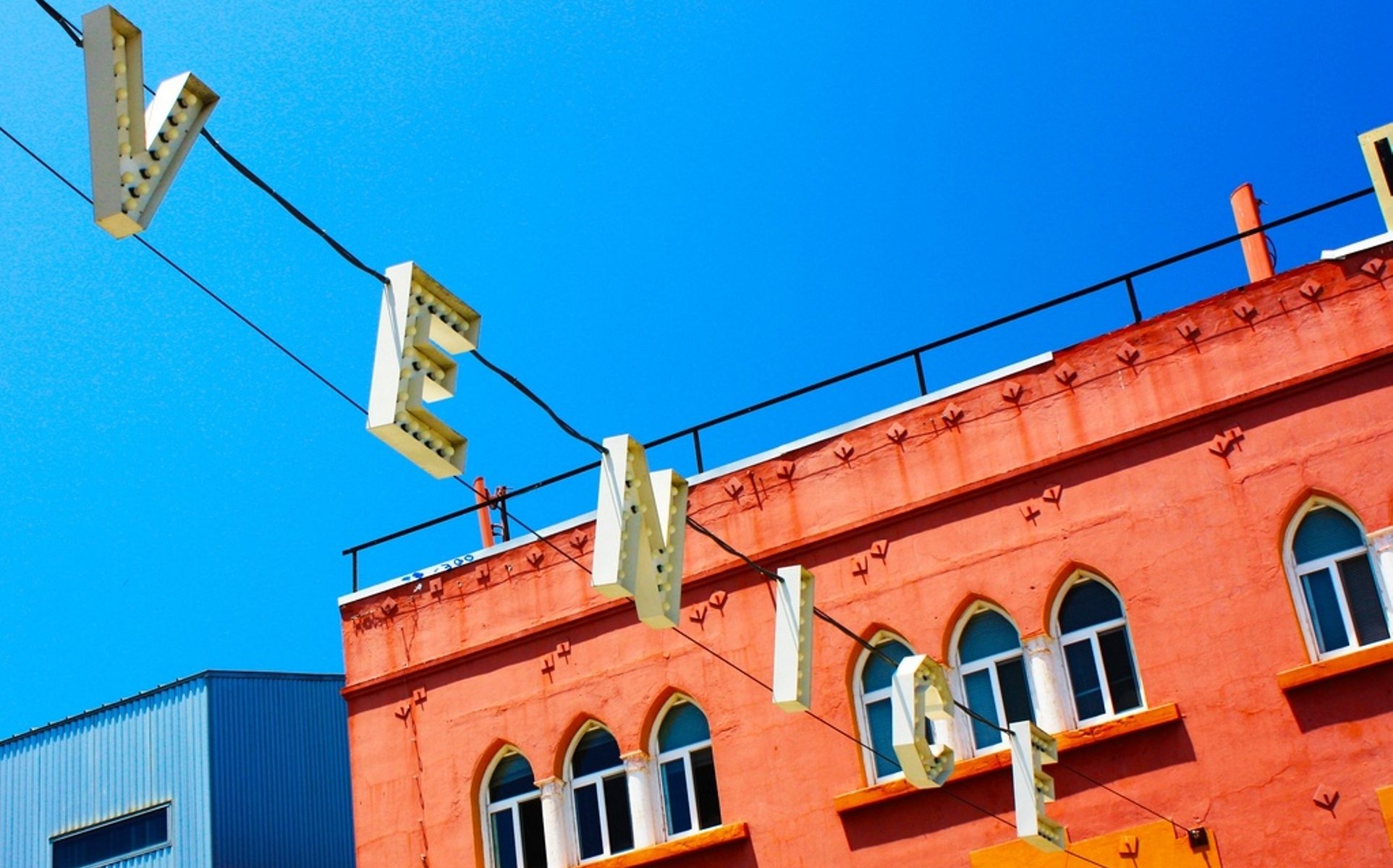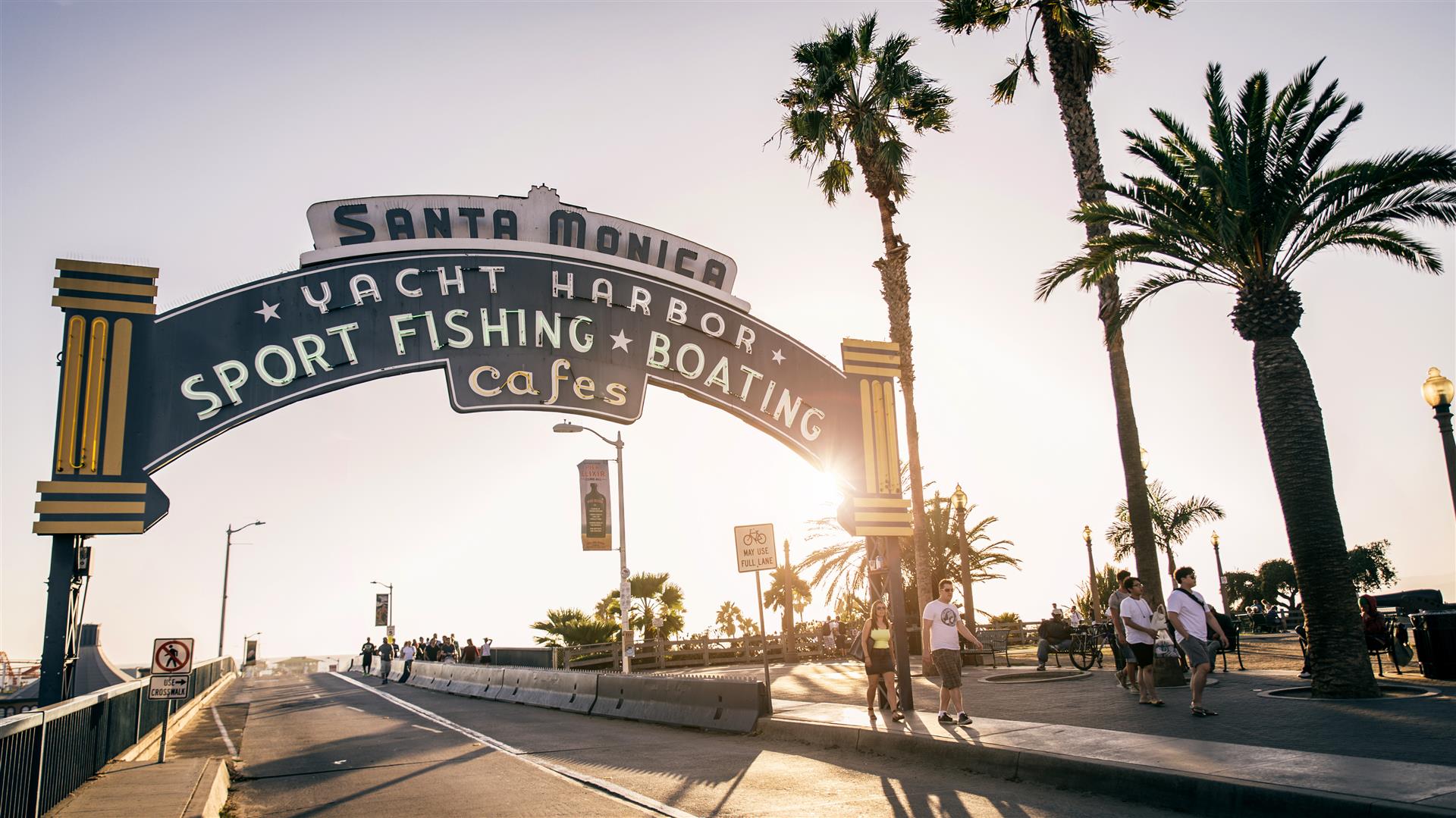Opportunity Zones are census tracts that are defined by the Internal Revenue Service (IRS) as “economically-distressed community where new investments, under certain conditions, may be eligible for preferential tax treatment.” They were added to the tax code by the Tax Cuts and Jobs Act on December 22, 2017. (opzones.ca.gov)
How to Retrofit a Home for an Earthquake
Ask This Old House host Kevin O’Connor travels to Portland, Oregon to learn how to protect homes from earthquakes.
Steps:
- The work involved with a seismic retrofit often requires a consultation with an engineer, and any work involving gas must be done by a licensed professional. Consulting with a person who is licensed to do seismic retrofits can help identify key areas to work with in order to minimize damage.
- The house can be secured to the foundation by securing metal L brackets into the rim joist and the sill plate at locations determined by the engineer with a palm nailer and 10 penny nails.
- To connect the sill plate to the foundation, drill screw anchors into the anchor plates and the foundation, and wood screws through the anchor plates to the sill plate. Predrill the sill plate to prevent it from splitting.
- To prevent gas from leaking into the house during an earthquake, an automatic gas shut off valve can be installed by a licensed gas fitter.
- Shut off the gas to the meter.
- Disconnect the gas pipes starting from the meter until you reach a level gas pipe.
- Thread the gas shut off valve into the pipes using pipe dope and nipples.
- Reconnect the remaining gas pipes to the meter and turn the gas back on. Check for any leaks in the new gas work.
- Secure any valuables and nick knacks to the wall, shelves, and floor using museum putty and zip ties.
- Secure the water heater to the surrounding walls using straps.
Resources:
While the specialty hardware that was used to secure the house to the foundation can be found at most home centers, determining the proper location for that hardware may require a consultation with an engineer.
The seismic gas shutoff valve installed was a Northridge Valve, which is manufactured by Seismic Safety Products (http://www.seismic-safety.com/). Gas work is extremely dangerous and should always be left to licensed professionals.
The museum putty used to secure valuables to the shelves is manufactured by QuakeHOLD (http://www.quakehold.com/emergency-ma…).
Follow This Old House and Ask This Old House:
Facebook: http://bit.ly/ThisOldHouseFB
Twitter: http://bit.ly/ThisOldHouseTwitter
http://bit.ly/AskTOHTwitter
Pinterest: http://bit.ly/ThisOldHousePinterest
Instagram: http://bit.ly/ThisOldHouseIG
http://bit.ly/AskTOHIG
Tumblr: http://bit.ly/ThisOldHouseTumblr
For more on This Old House and Ask This Old House, visit us at: http://bit.ly/ThisOldHouseWebsite
Millennials Paid Record High Rents in 2018. Buy Instead! Says This Millionaire!
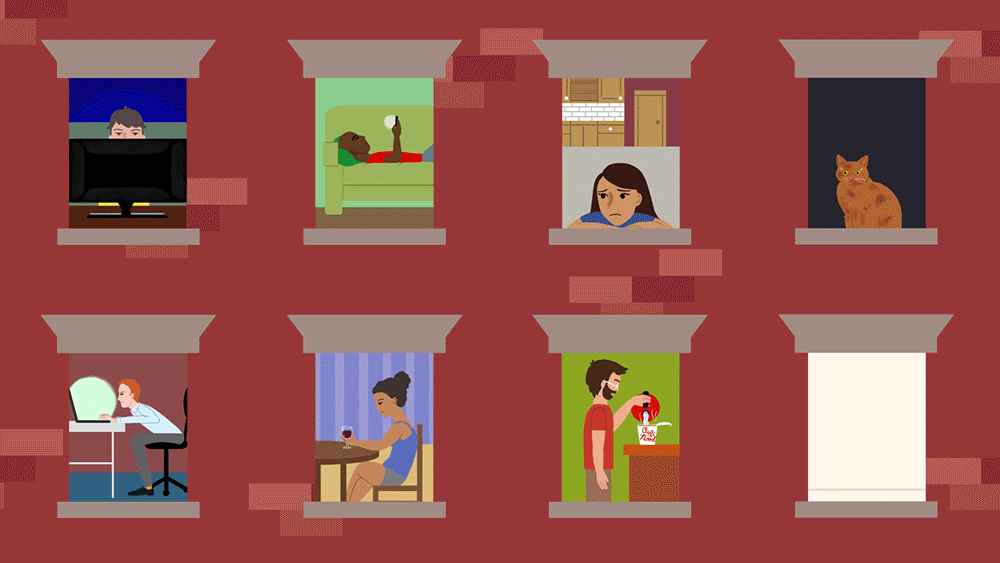
According to Housingwire.com in 2018 Mellinals were paying all time high rental rates. Here’s what David Bach has to say to them.
If you’re not prioritizing home ownership, you’re making a costly mistake, says co-founder of AE Wealth Management, bestselling author and self-made millionaire David Bach.
In fact, not buying a home is the single biggest mistake millennials are making, he tells CNBC Make It: “The most important advice I can tell you right now if you’re young is: Don’t listen to these people that tell you should rent versus buy.”
Even with the tax law changes, he notes, “buying a home is the escalator to wealth in America. Homeowners are worth forty times more than renters.”
You have to live somewhere for the rest of your life, Bach points out, so you might as well invest in a home that you could own permanently.
He crunches the numbers in his bestselling book, “The Automatic Millionaire”: “As a renter, you can easily spend half a million dollars or more on rent over the years ($1,500 a month for 30 years comes to $540,000), and in the end wind up just where you started — owning nothing.
“Or you can buy a house and spend the same amount paying down a mortgage, and in the end wind up owning your own home free and clear!”
“Let’s be honest: Renters make landlords rich,” Bach tells CNBC Make It. “I want you to make yourself rich, so start by saving money for a down payment now.”
He recommends having a down payment of at least 10 percent, though 20 percent is ideal. The easiest way to reach that amount is to have money automatically taken out of your paycheck or checking account on a regular basis and moved directly into a savings account earmarked specifically for your first home.
Buying that first home probably means you’re not buying your dream home, Bach says, but the way you reach that goal eventually is by prioritizing homeownership now.
“The way you build financial security is through real estate, and it starts by buying your first home,” he tells CNBC Make It.
(credit: cnbc.com)
Contact Us Today to learn about Affordable Financing Options. Many Financing Options are Available.
info@CompeteRealEstate.com | @CompeteRealEstate
Housing Forecast for 2019
What’s in store for Housing Prices, Flipping, Mortgage Rates? Diane Olick discusses the possible reason for decreasing home values, Ryan O’Hara (CEO Realtor.com) talks about hos flipping homes is turning into a difficult way to make money.
Moving to Mar Vista, CA (Palms)
Getting to Know Mar Vista, California USA
Mar Vista, a family friendly neighborhood good schools and a lots to do for kids and families. Located just east of the “pricey” Venice Neighborhood, Mar Vista offers all the convenience and access to beach communities, with a much more affordable price point.. Mar Vista has a great “small town” feel with lots of “mom & pop” cafes, boutiques, and services. This is a great place for young families working on west side or Hollywood, with great access to freeways, close to silicon beach tech companies, and quick access to Hollywood.
– – – – – – – – – –
Looking for a home in Mar Vista California, Give us a call, DM or message.
Follow Us on Social Media @CompeteRealEstate
Moving to Venice Beach, CA
Young, Eclectic, Chic, Tech Center, Fashion, Surf, Beaches, Fitness, Fun. With everything from Modern New Build Homes & Condos to Vintage Craftsman Bungalows Venice has something for everyone. If you are looking for a home in the Venice area, give us a call we know the area well and we can help.
The spirit of “Bohemian Style” turned “Boho Chic” in the heart of a beach town. If art is life, then life is the art of capturing experience. Venice calls to the artist in all of us, inviting individuals to shed the normal and reach for the new, raw and eclectic. From soaking up the beautiful Bay views across sprawling sand beaches to shopping for treasures among Beat generation artists and poets, we invite you to explore, experience and enjoy the ways Venice speaks to your soul.
Culture | To get a true taste of Venice, spend the day mixing and mingling with the people who breathe life into the city…the artists! Whether poetry or painting is your preferred medium, you’ll find artistic expression brought to life in both the physical and spiritual form. Grab a light lunch at a boardwalk café while listening to live street performer music, then ask a Beatnik-inspired barrista to lay a few lines on you while she makes you a latte. You’ll walk away from your visit with fabulous finds and memories to bring you back to the Venice beach-life time and again.
Entertainment | Whether you’re looking for a top-shelf tequila tasting or a dream tattoo, Venice has it all. Visit the free-spirited Venice Boardwalk to treasure-hunt it’s funky shops or vibe with the colorful street performers and public art murals. Abbott Kinney Boulevard, named after the city’s Tobacco millionaire founder, features foodie-fabulous hot spots, stylish boutiques and coffee bars. For the young at heart, there’s also a skate park and the famous Muscle Beach outdoor gym for ultimate sports or extreme people-watching.
Dining In Venice Beach | Full immersion into the culture of a city often starts with hunger, and Venice offers an array of gastronomical adventure to amaze the senses. Whatever your favorite cuisine, you’ll find it reflects the flair and nonconformity that makes up Venice’s culture of adventure. From five-star Mexican and Asian-fusion fare to mind-blowing all-day breakfasts and gourmet ice cream, there’s something for every type of foodie.
Shopping | Whether you desire a souvenir or a new addition to your art collection, Venice has it. From the offbeat offerings of its Indie shops and local labels to its fashionista-worthy international imports, Venice is a true destination for the retail savvy. Don’t miss Abbot Kinney’s charming boutiques or the Saturday Bazaar at Westminster Elementary school featuring more than 100 vintage vendors and artists.
– – – – – – – – – –
Looking for a home in Venice California, Give us a call, DM or message.
Follow Us on Social Media @CompeteRealEstate
Video Credit: HD Bros
Moving to Santa Monica, CA
Comfortable, Walk-able, Family Friendly, Great Schools, Surf, Beach, Shopping, New Light Rail line makes commuting to work on the east side easy and relaxing. Great community parks and entertainment and family friendly activities. If you are looking for a home in the Santa Monica area, give us a call we know the area well and we can help.
Santa Monica is in fact home to one of most iconic beaches in California. But did you know that Santa Monica is also home to eight different neighborhoods all with their own personality? Below we give you a rundown of every neighborhood, how the neighborhoods differ, and what you can expect from visiting each. (* see end for details)
Santa Monica, California offers more than its beach and year-round warm weather. Its proximity to the greater Los Angeles area makes Santa Monica the perfect base for vacationers and business travelers alike.
Stretching over 3.5 miles of pacific coastline and is a walkable 8.3 square miles (21.5 km²). A laid-back beach town atmosphere with big city sophistication. Eight neighborhoods offering a diverse mix of shopping, dining, entertainment, outdoor recreation easily accessible public transportation and rentals making it easy to go car free.
For travelers aiming to discover the rest of Los Angeles and the greater Southern California region, Santa Monica serves as a convenient hub for broader exploration. Being only eight miles (13 km) north of Los Angeles International Airport (LAX) and only 13 miles (21 km) from the heart of Downtown Los Angeles. Easy access to neighboring areas and attractions and close to other popular Southern California cities such as Beverly Hills and Hollywood, Mar Vista, Marina Del Rey, Culver City.
NEIGHBORHOOD DESCRIPTIONS
Downtown Santa Monica (DOWNTOWN / THIRD STREET PROMENADE)
Downtown Santa Monica is one of the most vibrant neighborhoods in Santa Monica, largely because it’s home to the Third Street Promenade and Santa Monica Place, two of the largest shopping areas in Santa Monica. The weekend finds the Third Street Promenade bustling with foot traffic of both locals and travelers. However, while Downtown Santa Monica is home to the highest concentration of shops, restaurants, and hotels in town, it also gives off a local vibe with its twice-weekly farmers market on Wednesday and Saturday mornings and lively street performers.
Main Street Santa Monica (MAIN STREET)
Santa Monica’s Main Street bears the laid back artsy side of Santa Monica, a side of the city that has been characterized by a local, surf vibe for years. Consider the many art galleries and attractions such as the Edgemar Center for the Arts and Mindfulnest, which is one-part art gallery, one-part shop. Main Street is also home to one of the highest concentrations of coffee shops in Santa Monica. A variety of different boutique shops are scattered along Main Street and a weekly farmers market takes place every Sunday.
Mid-City Santa Monica (MID-CITY)
The furthest inland neighborhood in Santa Monica is known as Mid-City. This is the arts and entertainment hub of Santa Monica, and is home to a number of the largest entertainment companies. Mid-City also is where you’ll find one of the largest contemporary art collections in Los Angeles, Bergamot, which was formerly a railroad station but now houses a plethora of different art galleries. Some of Santa Monica’s best restaurants are in Mid-City, including Mélisse, which had won two Michelin stars.
Montana Avenue Santa Monica (MONTANA AVENUE)
While the Third Street Promenade is the most vibrant shopping area of Santa Monica, Montana Avenue emits a more high end and local shopping atmosphere along its tree-lined streets. Though this is a largely residential section of Santa Monica, there are more than 150 boutique shops and restaurants lining the 10-block destination. There aren’t hotels on Montana Avenue, but the neighborhood is convenient to Downtown Santa Monica and is within walking distance of most hotels there or by bike or the Big Blue Bus, which runs between the Green Line Metro’s Aviation Station and downtown Santa Monica, with a number of different stops.
Ocean Park Santa Monica (OCEAN PARK BOULEVARD / SANTA MONICA AIRPORT AREA)
Running southeast from the Santa Monica Pier is Ocean Park. That local, artsy aesthetic of Main Street extends here, comprising independent coffee shops, boutique stores, and art galleries. Located just east of Ocean Park is the Santa Monica Airport. Not only is this a working airport for private jet owners, but it also is the location of the Museum of Flying, which features numerous aircraft and artifacts, including a Wright Flyer replica and World War II planes, and adjacent to the Spitfire Grill.
Pico Boulevard Santa Monica (PICO BOULEVARD)
Running parallel to I-10 is perhaps the most ethnically diverse neighborhood in Santa Monica: Pico. The people here can vary, from college students strolling in and around Santa Monica College to locals popping in and out of the clothing boutique shops, record stores, and art galleries. Saturday mornings on Pico feature a smaller, more local farmers market than the Downtown Santa Monica Farmers Market; the Pico iteration usually comprises no more than 30-40 local farmers.
Santa Monica Pier Area/Ocean Avenue (SANTA MONICA PIER AREA / OCEAN AVENUE)
The palm tree-lined avenue and views overlooking the Pacific Ocean make the Santa Monica Pier area and Ocean Avenue one of the most iconic locations in Santa Monica. Unique hotels, such as The Georgian and The Shore, dot Ocean Avenue while open-air restaurants and bars, such as Blue Plate Oysterette and The Bungalow, line the avenue. Just down from Ocean Avenue is perhaps Santa Monica’s most famous attraction, the Santa Monica Pier. This attraction dates back to 1909, and features a solar-paneled Ferris wheel, amusement park, aquarium, and live concerts and movies during the summer months.
Wilshire Boulevard (WILSHIRE BOULEVARD)
Beginning at Ocean Avenue and running all the way through Santa Monica, Beverly Hills and into downtown Los Angeles, Wilshire Boulevard is one of the most well-known streets in town. It borders the Third Street Promenade on its southwestern edge, borders the hugely popular Douglas Park, known for playing fields, lawn bowling, reflecting pools, and natural landscaping. Eateries catering to every palate line the avenue, with a concentration of Mexican restaurants serving both new and old favorites. Numerous designer consignment shops dot the avenue as well, catering to fashionistas on a budget. The strip ends at the scenic Palisades Park, known for its inspiring sunset vistas.
– – – – – – – – – –
Looking for a home in Santa Monica California, Give us a call, DM or message. Follow Us on Social Media @CompeteRealEstate
Video Credit: HD Bros
5 Smart Ways to Prepare Your House for Fall in California

California homes don’t need quite as much winter prep as homes in the colder parts of the country. However, there is a lot you can do to make your home run more smoothly in the months to come. There are even some safety matters you should address in the fall. Use this checklist to make sure you’re ready.
- Landscaping Clean-Up
Every element of your landscaping needs a little bit of work in the fall. If you plan on adding fertilizer to the garden, now is the best time to do it. Toss your leaves (if you have trees that drop them) and any dead plants in the compost to make more for next year.
Plus, cleaning up those leaves, dead branches, and other stray plants bits can reduce your risk during late season wildfires. You’ll also appreciate that a quick plant clean up will keep your property looking tidy through the winter.
- Conquer Clogs
Don’t forget to clean up any leaves or other debris in the gutters, so that you won’t suffer any clogs for the rainy days ahead. One other thing can get clogged too—the pool. After a long summer, it probably needs a filter clean or filter change. Also, it may need pH re-balancing and likely some pool shock to keep it clean of algae and bacteria.
- Roof and Window Inspection
While you’re up there with the gutters take a peek at your roof. Are any shingles curled or missing? Is the flashing secure? It’s always better to catch a potential issue before water has the chance to find its way inside your home.
On your way down from the roof, take a look at the windows. While the weather is still nice, it’s smart to clean the exterior glass.
Before cooler weather arrives, you’ll also want to ensure the caulking around the windows hasn’t dried out and left some gaps. The better your windows are sealed, the better they can keep the conditioned air in the house. The same goes for your doorways.
- Safety Check-Up
Fall is a good time of year to tackle the safety tasks we too often put off. Check the batteries in your smoke alarms and carbon monoxide detector. Check the pressure of your fire extinguisher. If you’ve used any bandages or other supplies in your first aid kit over the last year, now is the time to replace them. If you keep some canned goods or bottled water in case of winter emergencies, be sure you’re stocked up.
- Furnace & Airway Inspection
A Californian’s furnace has an easier life than a Californian’s air conditioner—that’s for sure! However, we still rely on our furnaces to be in good working order come winter. At Irish Heating and Air, we get plenty of emergency calls for broken furnaces on the coldest day of the year, but we don’t want you to have to make that call!
Check that your furnace is working well before the colder weather begins. If you find it’s weak, you could have a problem, or you may need a furnace clean. You can also get more efficient performance from your furnace if you get your ducts cleaned.
Credit: Irish Heating & Cooling
High-Tech Homes Go Off-Grid With Solar and Hydrogen Power
One of the buildings in the Phi Suea House complex in Chiang Mai, Thailand, which is powered by solar panels and a hydrogen fuel cell system. All images provided by Phi Suea House.

All-day energy from the sun may sound like a green fantasy, but a team of builders and engineers in Thailand believe they may have built a home energy system that does just that. The Phi Suea House, the brainchild of CNX Construction, led by telecommunications entrepreneur Sebastian-Justus Schmidt, wants to showcase a new power system, and prove that hydrogen and solar technology is feasible for residential construction projects. The housing project seeks to be a proving ground for a new off-grid power system that utilizes solar panels and hydrogen power.
Located in Chiang Mai, Thailand, the Phi Suea House project consists of four solar-powered residences, as well as a series of support buildings set on a 28,000 square meter (301,390 square foot) site. The main home and guest homes, topped with solar panels and green roofs for cooling and additional energy savings, generate power during the day, while also powering a hydrogen electrolyzer in a separate energy building on site, which splits hydrogen from water and stores the gas in a fuel cell. During the evening, or periods when the solar panels aren’t generating electricity, the fuel cell then powers the compound. According to Jan-Justus Schmidt, an engineer working on the project, the electrolyzer achieves 80 percent efficiency, and oxygen and water are the only byproducts.

While hydrogen power has plenty of skeptics due to cost, efficiency and safety issues, Schmidt says that the fuel cell system CNX has built is safe, and actually runs more efficiently than a similar setup utilizing only batteries. The concept was inspired by remote sites used in the communications industry that utilized a similar power system. The CNX team felt this system could be adapted to the residential context, and become a model, especially for homes located in remote areas.
Schmidt says that others have built homes with similar systems, but the Phi Suea home is using a system that’s more affordable and efficient.
“All the technologies used here are existing technologies,” says Schmidt. “There’s a 15-year return on these technologies, but the savings aren’t the point. We’re trying to show that these technologies, which exist right now, work.”
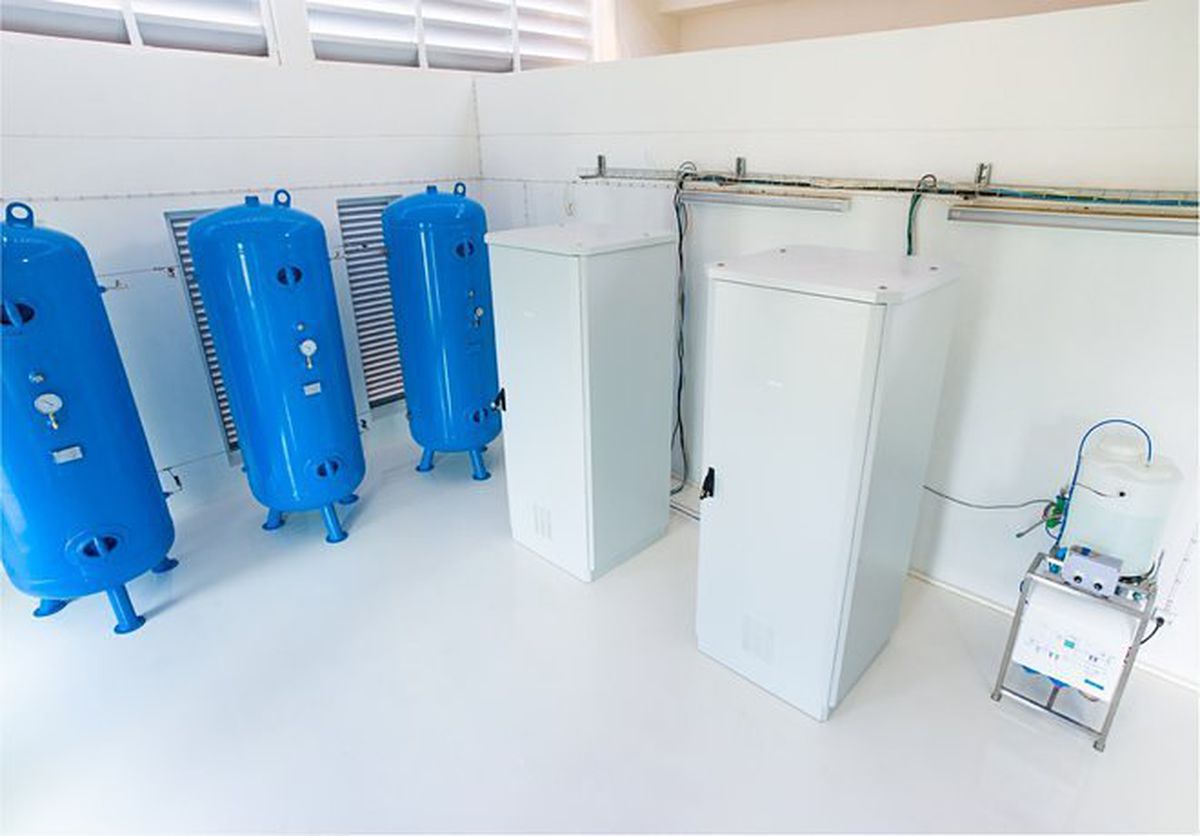
While the buildings were completed last year, the grand opening for the site, scheduled for January 29, will be the official beginning of the testing period for the new energy system. Over the next few months, sensors installed by researchers at Nanyang Technical University in Singapore will record data on energy performance, to verify if the Phi Suea Homes are living up to their promise.
A video that explains the energy storage system of Phi Suea House.

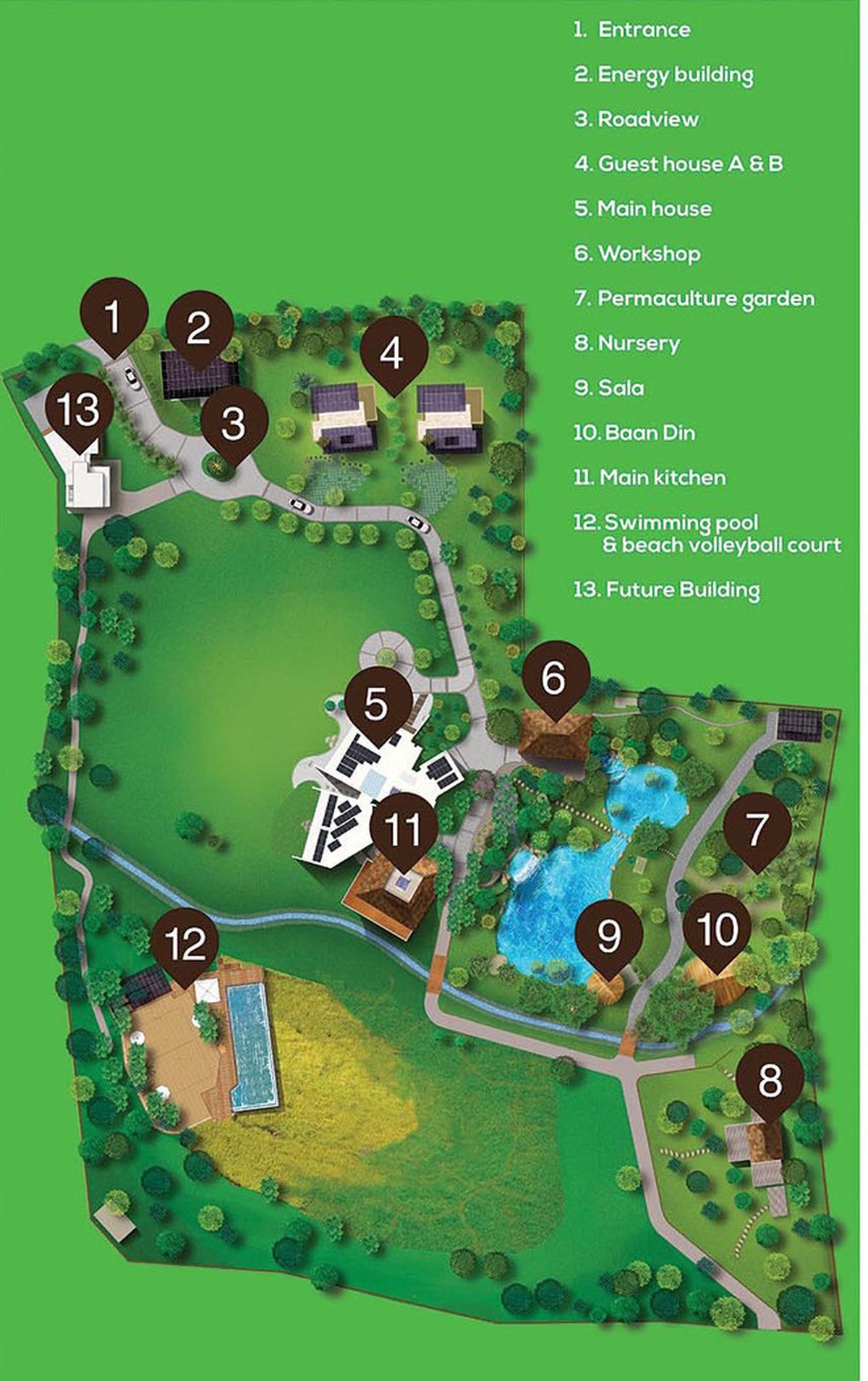
Credit: Patrick Sisson , Curbed.com
California Proposes Mandatory Solar Panels on New Homes
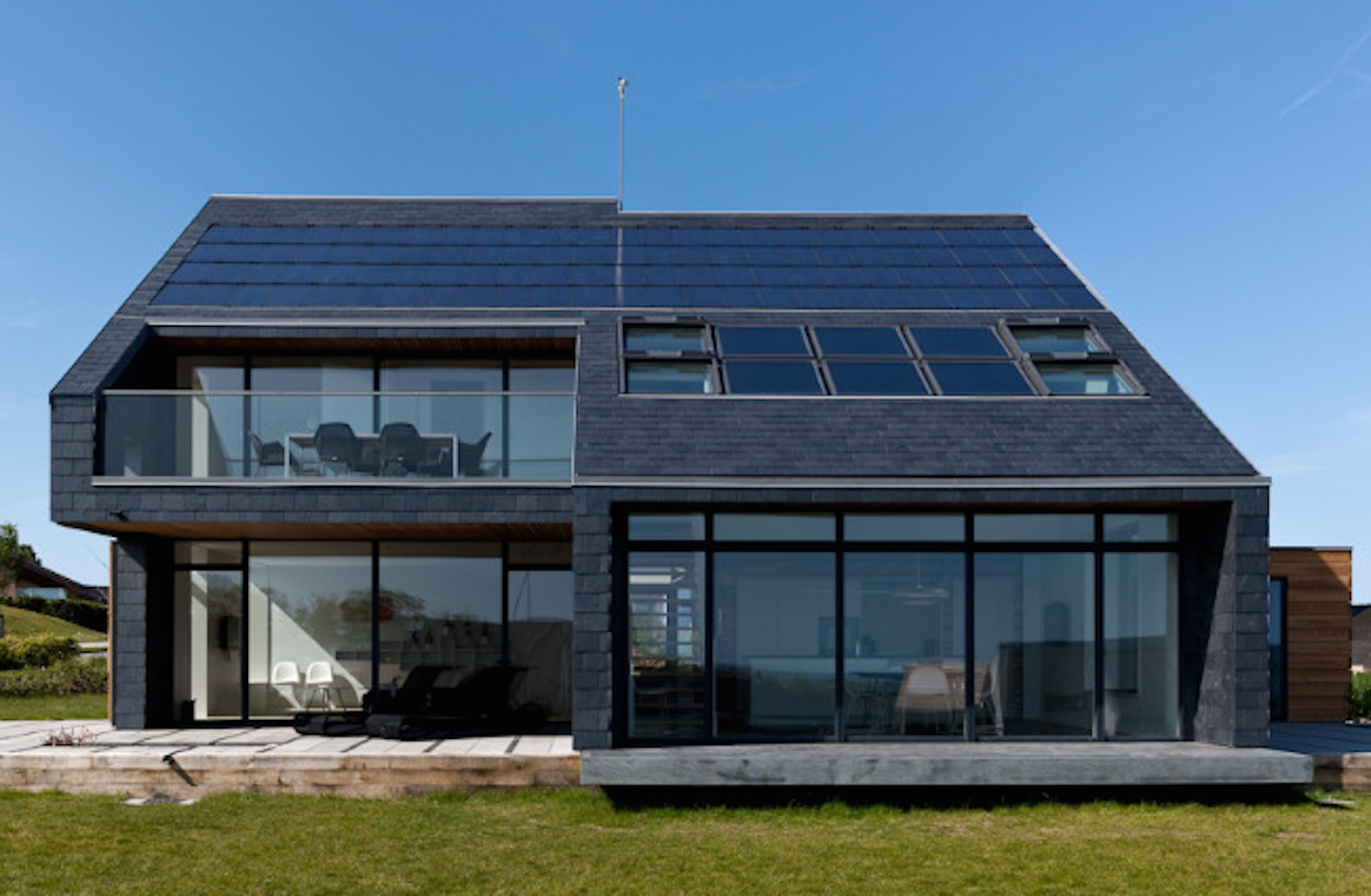
Fortunately, that’s not the only change in their building regulations.
The California Energy Commission has just changed the building standards to require solar photovoltaic systems on all houses built after January 1, 2020. Here I would cue up my usual response and say “reducing demand is more important than increasing supply” but they do that too; Insulation in walls and attics is increased, window performance is improved, LED lighting is mandated and ventilation is improved. Commissioner Andrew McAllister says:
The buildings that Californians buy and live in will operate very efficiently while generating their own clean energy. They will cost less to operate, have healthy indoor air and provide a platform for ‘smart’ technologies that will propel the state even further down the road to a low emissions future.
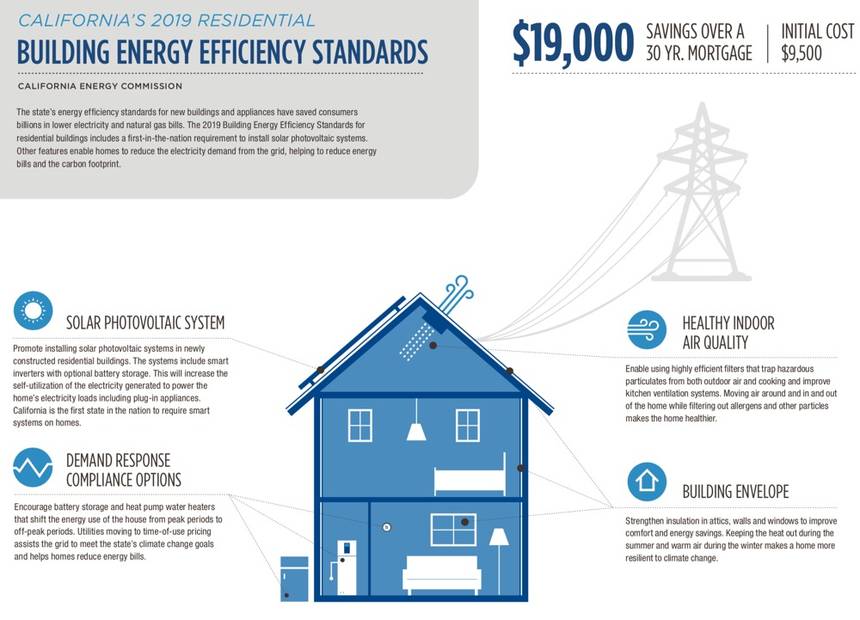
There are the usual objections that it will increase the cost of housing (estimated to be $9,500 per house) but California houses go up by that much every month due to land prices, President Trump’s tariff on Canadian lumber caused a 7 percent increase, and you probably heard the same thing when indoor plumbing became mandatory. At least energy savings from building efficiency and solar panels pay for themselves eventually. In the FAQ they write: “Based on a 30-year mortgage, the Energy Commission estimates that the standards will add about $40 per month for the average home, but save consumers $80 per month on heating, cooling and lighting bills.
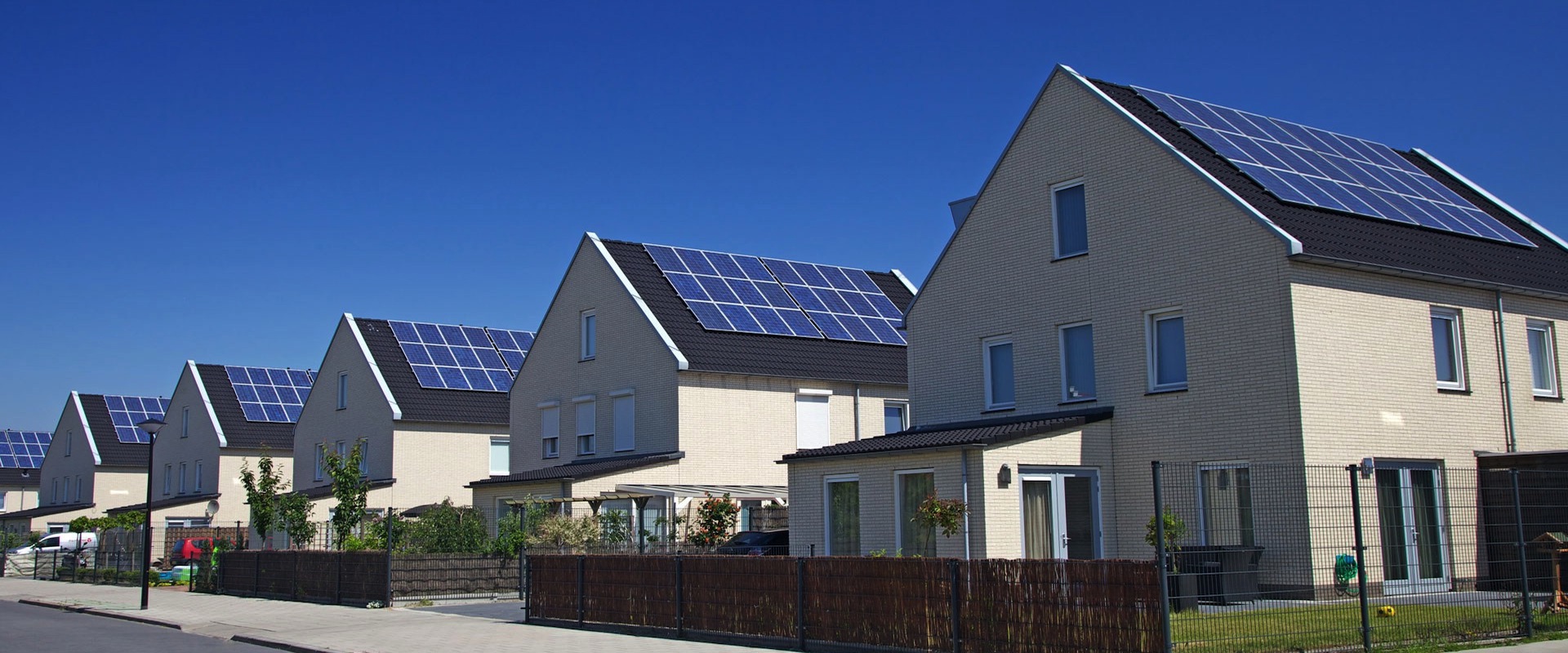
Lloyd Alter, Treehugger.com
